Birds are fascinating creatures that captivate us with their vibrant colors, graceful flight, and melodic songs. But have you ever wondered why do birds fluff up?
It’s a behavior that we often observe, especially during colder weather or moments of agitation. While it may seem like a simple act of comfort or protection, there’s actually a lot more going on beneath those fluffy feathers.
In this article, we will delve into the science behind why do birds fluff up, exploring the various reasons behind this behavior.
From regulating body temperature to displaying dominance or attracting mates, birds have evolved intricate mechanisms to utilize their feathers for more than just flight. So, let’s unravel the mystery and gain a deeper understanding of why birds fluff up.
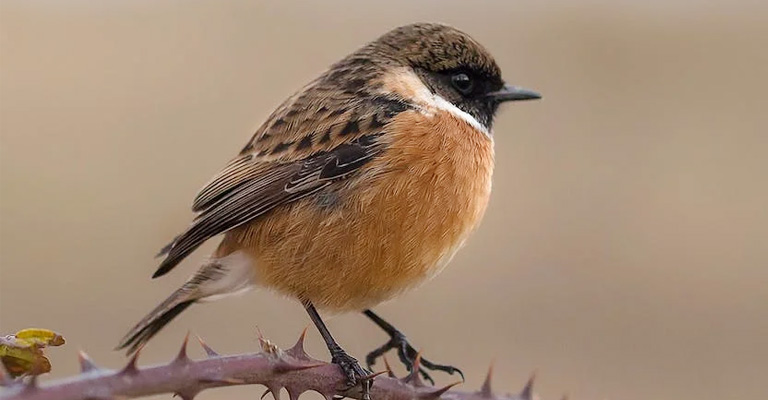
Why Do Birds Fluff Up?
Birds fluff up their feathers for various reasons, including thermoregulation, communication, and protection. Fluffing up is a behavior commonly observed in birds, particularly during colder weather or when they are feeling threatened.
This action involves puffing out their feathers, creating an insulating layer of air between the feathers and their body. Let’s explore the reasons behind this behavior in more detail.
Thermoregulation
One of the primary reasons birds fluff up is to regulate their body temperature. Feathers are excellent insulators, and by fluffing them up, birds can trap air between their feathers, creating a layer of insulation that helps retain body heat.
This is especially important during colder weather or when birds are exposed to low temperatures. By fluffing up, birds increase the thickness of their plumage, which helps them stay warm.
Conservation of Energy
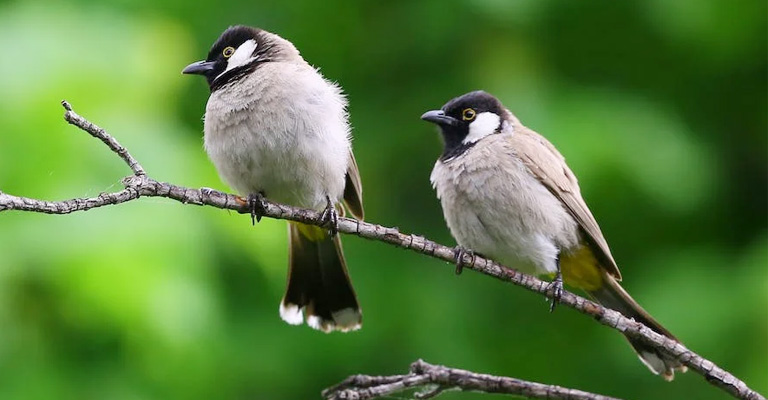
Fluffing up also helps birds conserve energy. By trapping air between their feathers, birds create a layer of insulation that reduces heat loss from their bodies.
This allows them to maintain their body temperature without expending excessive energy. By minimizing heat loss, birds can conserve energy for other essential activities, such as foraging for food or engaging in courtship displays.
Communication
Birds also fluff up their feathers as a form of communication. When birds are feeling threatened or displaying aggression, they may fluff up their feathers to appear larger and more intimidating to potential predators or rivals.
This behavior is commonly observed in birds of prey, such as owls and hawks, as well as in some songbirds. By fluffing up, birds can visually signal their dominance or territoriality, deterring potential threats.
Courtship Displays
During courtship displays, male birds often fluff up their feathers to attract mates. By puffing out their plumage, they enhance their overall appearance, making themselves more visually appealing to females.
Fluffing up can make the bird appear larger, more vibrant, and more attractive, which can increase their chances of successfully attracting a mate.
This behavior is commonly observed in species like peacocks, where the male’s elaborate plumage is a key component of courtship rituals.
Protection
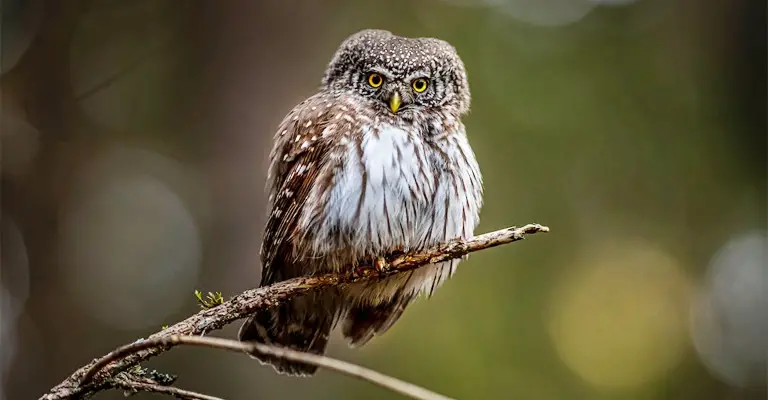
Fluffing up can also serve as a protective mechanism for birds. When they feel threatened or perceive danger, birds may fluff up their feathers to create the illusion of a larger size.
This can make them appear more formidable to potential predators, potentially deterring them from attacking.
Additionally, the increased volume of feathers can provide some protection against physical attacks, as the added layer of insulation can absorb the impact of blows or pecks.
Feather Maintenance
Fluffing up is also a part of a bird’s grooming routine. By fluffing up their feathers, birds can realign and rearrange their plumage, ensuring that each feather is in its proper place.
This helps to maintain the integrity of their feathers, ensuring they remain clean, waterproof, and in optimal condition for flight. Fluffing up also helps birds remove dirt, dust, and parasites that may be present in their plumage.
Relaxation and Comfort
Birds may fluff up their feathers as a way to relax and feel comfortable. By fluffing up, they create a cozy and cushioned space between their feathers and body, providing a sense of relaxation and warmth.
This behavior is often observed when birds are perched or resting, allowing them to unwind and conserve energy.
Sleep
When birds are preparing to sleep, they often fluff up their feathers. By puffing out their plumage, they create an additional layer of insulation that helps them retain body heat during the night.
Fluffing up also helps birds create a comfortable and secure sleeping position, providing them with a sense of safety and protection while they rest.
Drying Wet Feathers
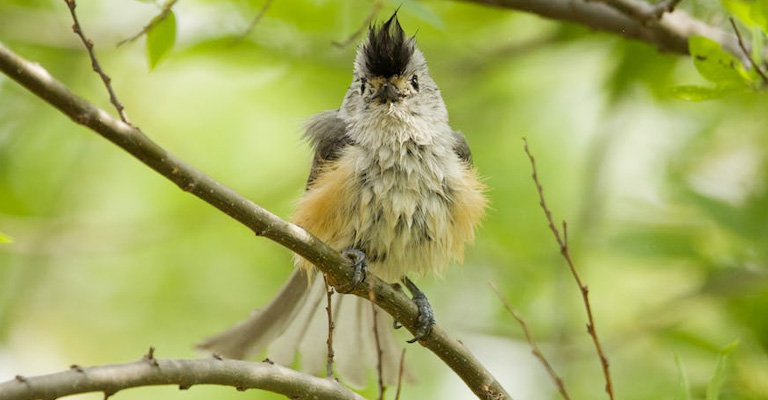
After bathing or being exposed to rain, birds may fluff up their feathers to aid in the drying process. By fluffing up, they increase the surface area of their plumage, allowing air to circulate more effectively and expedite the drying process.
This behavior helps to maintain the insulating properties of their feathers and prevent them from becoming waterlogged.
Camouflage
Some birds fluff up their feathers as a form of camouflage. By altering the shape and texture of their plumage, they can blend in more effectively with their surroundings.
This behavior is commonly observed in species that rely on camouflage to avoid detection by predators or to enhance their hunting success.
Stress or Illness
In certain situations, birds may fluff up their feathers as a response to stress or illness. When birds are feeling unwell or experiencing discomfort, they may fluff up to conserve energy and seek comfort.
Fluffing up can also be a sign of distress or pain, indicating that the bird is not in optimal health.
Molt
During the molting process, when birds shed old feathers and grow new ones, they may fluff up their plumage. Fluffing up helps to loosen and remove old feathers, making way for the growth of new ones.
This behavior aids in the molting process and ensures that the new feathers develop properly.
While fluffing up is a common behavior in birds, the specific reasons may vary depending on the species and individual circumstances.
Birds are highly adaptable creatures, and their ability to fluff up their feathers serves multiple purposes, ranging from thermoregulation and communication to protection and maintenance.
Do All Birds Fluff Up?
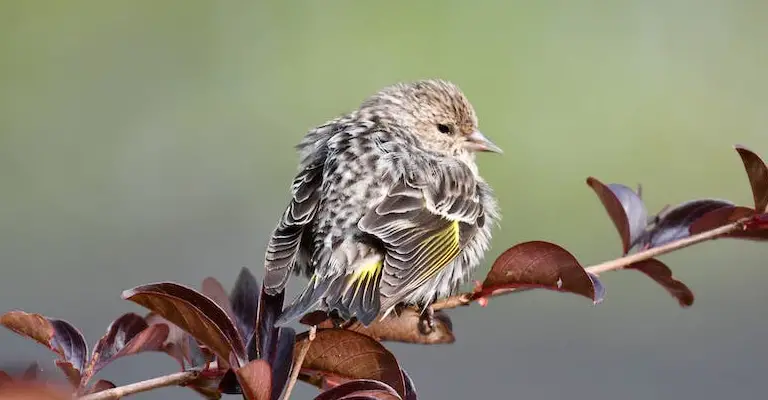
While fluffing up is a common behavior observed in many bird species, it is not universal across all birds.
The extent and frequency of fluffing up can vary depending on factors such as the bird’s size, habitat, behavior, and environmental conditions. Here are a few examples of bird species that are known to fluff up their feathers:
Songbirds
Many songbirds, such as sparrows, finches, and thrushes, are known to fluff up their feathers. They often do so during cold weather to create an insulating layer of air that helps them stay warm.
Fluffing up is also observed during courtship displays and as a response to perceived threats.
Waterfowl
Ducks, geese, and swans are known to fluff up their feathers, particularly after swimming or diving. Fluffing up helps them dry their feathers and restore their insulating properties. It also aids in maintaining buoyancy and waterproofing.
Birds of Prey
Raptors like owls, hawks, and eagles may fluff up their feathers to appear larger and more intimidating when defending their territory or during aggressive encounters. Fluffing up can also help them regulate their body temperature during colder periods.
Penguins
Although not capable of fluffing up their feathers in the same way as other birds, penguins have a unique adaptation to regulate their body temperature.
They have a layer of dense, waterproof feathers that they can raise or lower to control heat loss or gain.
Wading Birds
Herons, egrets, and other wading birds often fluff up their feathers while perched or resting. This behavior helps them relax, conserve energy, and maintain their body temperature.
Gamebirds
Species like grouse, quail, and pheasants may fluff up their feathers during courtship displays to attract mates. The males often puff out their plumage to appear larger and more attractive to females.
Parrots
Some parrot species, such as cockatoos and macaws, are known to fluff up their feathers as a sign of contentment and relaxation. Fluffing up can also be observed during preening and grooming activities.
These examples represent a fraction of the diverse bird species found worldwide. While fluffing up is a common behavior, the specific reasons and frequency may vary among different bird families and individual species.
FAQs
Birds fluff up their feathers in cold weather to create an insulating layer of air between their feathers and their body. This layer of trapped air acts as insulation, helping to retain body heat and keep the bird warm in low temperatures.
While birds primarily fluff up their feathers to stay warm, they can also use this behavior to cool down in hot weather. By fluffing up, birds increase the airflow between their feathers, allowing heat to escape and promoting evaporative cooling.
Not all bird species fluff up their feathers during courtship displays, but it is a common behavior observed in many species.
Fluffing up during courtship displays helps males appear larger, more vibrant, and more attractive to potential mates, increasing their chances of successful courtship.
Yes, birds can fluff up their feathers to appear larger and intimidate predators. This behavior is often observed when birds feel threatened or are defending their territory.
By puffing out their plumage, birds create the illusion of a larger size, potentially deterring predators or rivals.
No, birds may fluff up their feathers for various reasons depending on the circumstances. While thermoregulation is a common reason, birds also fluff up for communication, protection, courtship displays, relaxation, grooming, and other purposes.
Final Words
The act of birds fluffing up their feathers serves multiple purposes beyond mere aesthetics. It is a fascinating behavior that allows them to regulate their body temperature, display dominance, attract mates, and even communicate with other birds.
By fluffing up, birds create an insulating layer of air between their feathers, providing warmth during colder weather.
Additionally, fluffing up can make a bird appear larger and more intimidating, asserting dominance in territorial disputes.
Furthermore, certain species fluff up their feathers as part of courtship rituals, signaling their availability and fitness to potential mates.
Understanding the reasons behind birds’ fluffing behavior not only deepens our appreciation for these remarkable creatures but also sheds light on the intricate adaptations they have developed over millions of years.